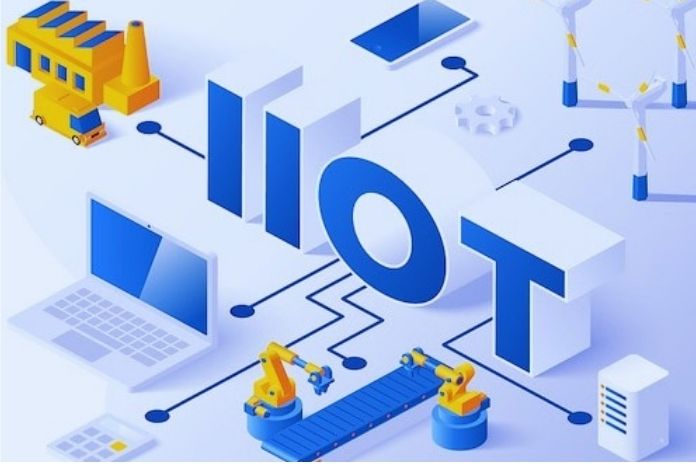Even if the number of connected IoT devices in the consumer goods sector exceeds the number of devices in the industrial sector, investments in industrial IoT (IIoT) are growing strongly, especially in cross-industry solutions and customized machines.
Ripley’s new report “Industrial IoT: A Reality Check” examines two key areas driving the growth of IoT in the industry: intelligent factories and intelligent solutions in transport & logistics. IIoT enables manufacturers to improve production transparency by networking machines and tools in real-time. The enormous amounts of data that devices generate at IIoT drive the optimization of production and the improvement of delivery quality. In addition, the implementation of systems for predictive maintenance or the automation of the supply chain.
“Without Industrial IoT, Industry 4.0 is not possible. Data is the fuel for all intelligent use cases in the industry. IIoT is the crucial infrastructure element for data collection, its transfer to the cloud, and analysis. Companies benefit from many advantages here,”.
IIoT: Markets On A Growth Path
The study was carried out using the data collected on the Trend Sonar platform and with the support of Technology. She explores the significant markets for both intelligent factories and intelligent solutions in the transportation and logistics industries.
Despite the challenging economic climate in 2020, both clusters recorded slight growth in investments in smart factories and the area of transport & logistics. However, analysts forecast much more substantial growth until 2025. Overall, the market for intelligent factories of the “Big 5” cluster – led by the USA with high investments in appropriate platforms, predictive solutions, and remote monitoring – is expected to contain more than 86 billion euros by 2025. The market for intelligent solutions in transport & logistics is expected to be more than 15 billion euros.
In the “Europe 5” cluster, on the other hand, the market for intelligent factories is expected to almost triple in all countries and reach a total of over 23 billion euros in the five countries, with taking the top position. The platforms are growing exponentially, and the companies are investing in improving quality management and reducing costs. remains the leader in the field of transport & logistics. The other countries in the cluster are also recording considerable growth. According to the forecast, this group will generate a total volume of 3.6 billion euros in 2025.
Growth Spurt Through 5G And Edge Computing
The introduction of low-cost sensors and 5G networks, in which telecommunications companies are investing heavily, contributes to the spread of Industrial IoT. Experts expect that the improved communication between autonomous vehicles/robots, artificial intelligence, and machines in connection with increased computing power and very low latency will improve the efficiency of the systems and increase their safety.
In addition, the establishment of private, high-density networks enables the broad use of Industrial IoT and the connection of numerous sensors, machines, vehicles, and robots. This is supplemented by increased use of augmented and virtual reality to support “networked employees.”
Cybersecurity Is Critical To IIoT
The constant increase in networked devices and their heterogeneity require good security management, especially with devices and networks’ setup and maintenance guidelines. Companies need to set up robust and micro-segmented environments (local and cloud-based). These can react to threat scenarios with suitable technologies and techniques. This reduces the chances of success for new types of cyberattacks.
The analysis of IoT architectures, industrial components, and entire infrastructures helps companies eliminate gaps, weak points, and threats in advance. This is far more than just a technical question: training programs for employees and continuous testing of all equipment used are also crucial.
IIoT: From The Factory To The Consumer
In recent years factories and logistics centers have introduced IIoT technologies to optimize efficiency. Investments during the pandemic were primarily aimed at improving worker safety. The success of so-called “networked products” accelerates investments in solutions in which the collection and processing of usage data affect production and the finished products. The redesign of the design, display and sales processes for IoT-networked products enables new value-added services. In addition, IoT makes it easier to update and maintain household appliances, cars, robots, electronics, and entertainment devices without being on-site.
The study “Industrial IoT: A Reality Check” is part of the Reply Market Research series, which already includes the following reports: From Cloud to Edge, New Interfaces, Zero Interfaces, and Beyond Digital Marketing.
Reply specializes in the development and implementation of solutions based on new communication channels and digital media. Consisting of a network of specialized providers, Reply supports European industrial groups in the fields of telecommunications and media, industry and services, banks and insurance companies, and public administration in the development of business models made possible by technologies such as AI, big data, cloud computing and the Internet of Things.

